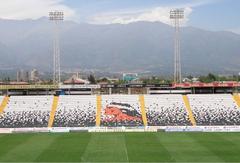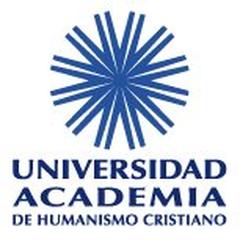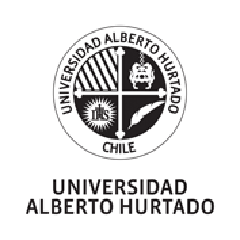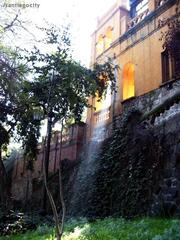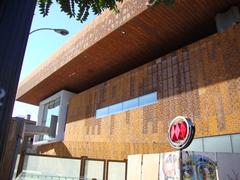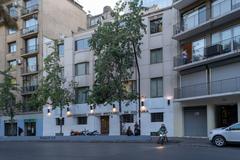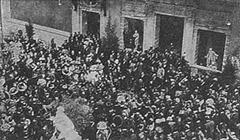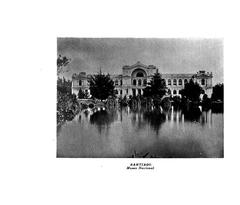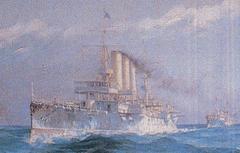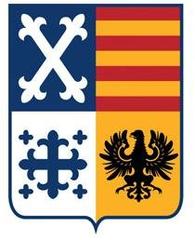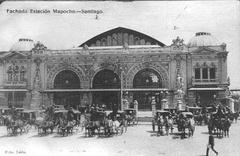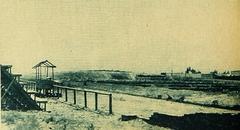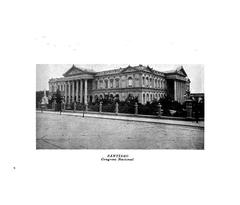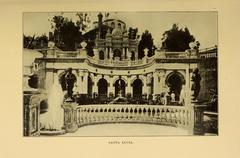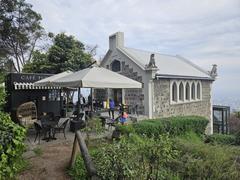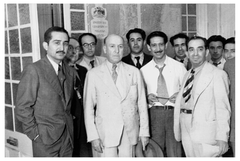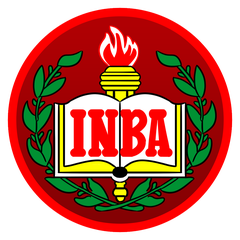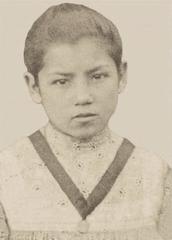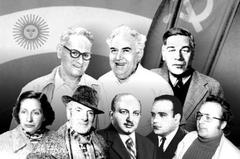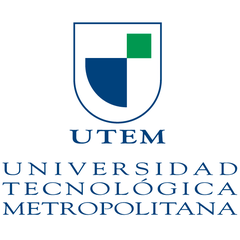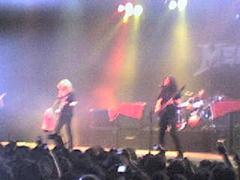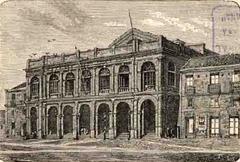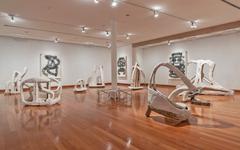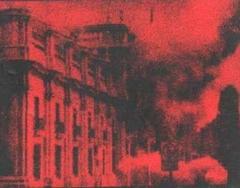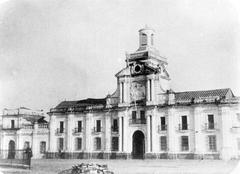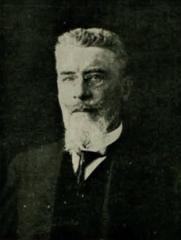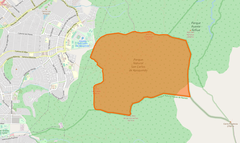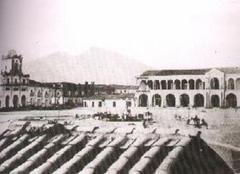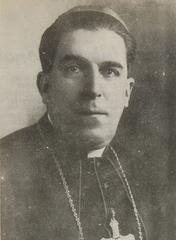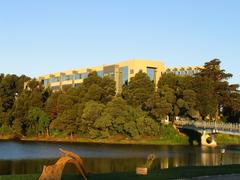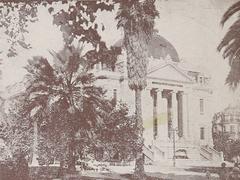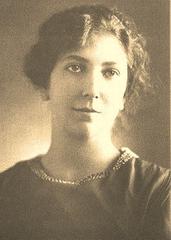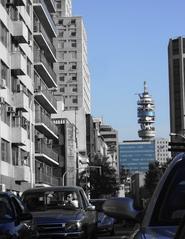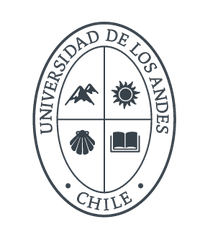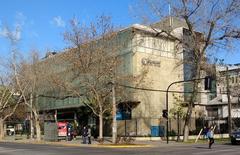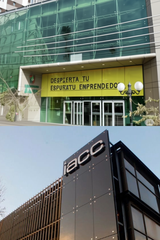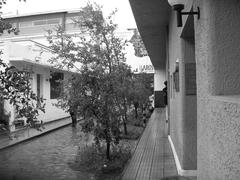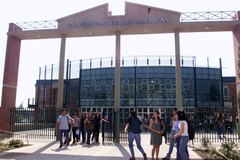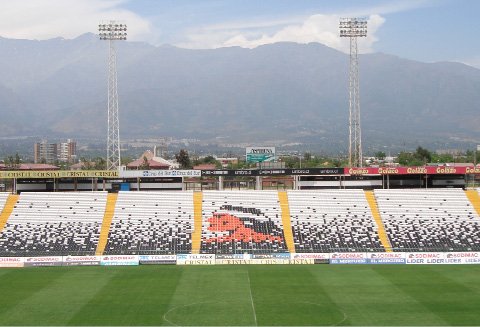
Estadio Monumental Santiago Chile: Visiting Hours, Tickets, and Travel Guide
Date: 14/06/2025
Introduction
Estadio Monumental David Arellano, located in the Macul district of Santiago, Chile, is not only the largest privately owned football stadium in the country but also a revered landmark central to Chilean sports culture. As the home of Colo-Colo, Chile’s most successful football club, and named after its legendary founder David Arellano, the stadium is deeply woven into the nation’s football heritage and identity. Since its origins in the late 1950s, Estadio Monumental has hosted historic matches, unforgettable triumphs—including the club’s iconic 1991 Copa Libertadores victory—and numerous cultural events, cementing its place in Chilean society (Stadium Guide; Wikipedia).
This comprehensive guide covers everything you need to know for a memorable visit, including the stadium’s history and cultural significance, practical visitor information (visiting hours, ticketing, transportation, and amenities), accessibility tips, safety considerations, and nearby attractions. Whether you’re attending a match, taking a guided tour, or exploring Santiago’s historical sites, this article will help you plan your experience at one of South America’s most iconic venues (Football Tripper; Soccity).
Table of Contents
- History and Significance of Estadio Monumental
- Key Events and Milestones
- Architectural Features and Atmosphere
- Cultural and Social Impact
- Essential Visitor Information
- Frequently Asked Questions (FAQ)
- Visuals and Media
- Plan Your Visit
- References
History and Significance of Estadio Monumental
Origins and Construction
The vision for a club-owned stadium arose in the 1950s as Colo-Colo sought to establish a permanent home. Construction began in 1957, aiming for a capacity of 120,000 to potentially host matches for the 1962 FIFA World Cup. However, the 1960 earthquake delayed completion, and the stadium was left unfinished and excluded from the tournament (Stadium Guide).
Inauguration and Development
Estadio Monumental was inaugurated on April 20, 1975, with a double-header event. Despite its grand opening, the stadium was soon found lacking in essential facilities, forcing Colo-Colo to temporarily return to Estadio Nacional (Sportskeeda; Wikipedia). Completion and modernization resumed in the late 1980s, culminating in its official reopening in 1989 and a series of renovations that have shaped it into today’s modern venue (Storage UK Cloud).
Dedication to David Arellano
The stadium honors David Arellano, founder of Colo-Colo, whose legacy is celebrated throughout the venue, including in the on-site museum (Wikipedia).
Key Events and Milestones
- 1991 Copa Libertadores Final: Colo-Colo’s 3-0 victory over Olimpia at Estadio Monumental secured Chile’s only Copa Libertadores title (World of Stadiums).
- International Fixtures: The stadium has hosted Chilean national team matches and Copa América games (Wikipedia; Stadium Guide).
- Cultural Events: Estadio Monumental regularly hosts concerts and large-scale cultural gatherings, featuring international artists (Storage UK Cloud).
Architectural Features and Atmosphere
Estadio Monumental boasts a design that brings fans close to the action, creating a uniquely intense and immersive experience. The steep stands and acoustics amplify the energy of the “Garra Blanca” supporters and offer panoramic vistas of the Andes Mountains, adding to the dramatic spectacle (Storage UK Cloud).
Cultural and Social Impact
The stadium is a central pillar of Chilean football culture and community life. Colo-Colo’s matches, especially against fierce rivals, are national events that unite fans across generations (Soccity). The Colo-Colo museum further preserves the club’s storied legacy, while community initiatives and youth programs, such as Casa Alba, illustrate the club’s ongoing commitment to social responsibility (interpcan.ca).
Essential Visitor Information
Location and Access
- Address: Avenida Marathon 5300, Macul, Santiago.
- Metro: Pedrero station (Line 5) is adjacent to the stadium, with Macul station (Line 4) within walking distance.
- Bus: Multiple routes serve the area (e.g., 210, 213, 102, 107, 108) (Stadium Guide).
Visiting Hours
- Guided tours: Monday–Saturday, 10:00 AM–5:00 PM (check for variations on match days).
- Museum: Open during guided tours and select non-match days (official Colo-Colo museum page).
Ticketing
- Tours: Purchase online or at the box office; prices typically range from CLP 4,000–10,000 with discounts for children and seniors (Civitatis).
- Matches: Buy via the official website or authorized resellers. Big matches sell out fast, so early purchase is strongly recommended (official Colo-Colo website).
Facilities and Amenities
- Seating: Capacity of 47,000+ with various sections, including family and premium areas.
- Food and Drink: Concessions inside and numerous street vendors outside; alcohol sales are prohibited.
- Restrooms: Available throughout, with accessible facilities.
- Museum: Features trophies, historic kits, and interactive exhibits.
Accessibility
- Wheelchair Access: Some sections are accessible, but full accessibility is limited; advance notification is advised (Civitatis).
- Assistance: Contact the stadium or tour provider for specific needs.
Safety and Regulations
- Security: Enhanced measures are in place; ID or passport is required for entry.
- Prohibited Items: Large bags, dangerous objects, and non-service animals are not permitted.
- COVID-19: Check for updates on health protocols before your visit.
Travel Tips and Nearby Attractions
- Arrive Early: Especially on match days, to avoid crowds.
- Use Public Transport: Metro is fastest and most reliable.
- Nearby Sites: Florida Center shopping mall, Museo Nacional de Historia Natural, Cerro San Cristóbal, Parque O’Higgins, and Mercado Central are accessible by metro or taxi (Santiagoando).
Frequently Asked Questions (FAQ)
Q: What are the Estadio Monumental visiting hours?
A: Guided tours are available Monday to Saturday, 10:00 AM–5:00 PM; museum hours align with tours.
Q: How can I buy Estadio Monumental tickets?
A: For matches, purchase via the official Colo-Colo website or at the stadium. For tours, buy online or at the box office.
Q: Is the stadium accessible to people with disabilities?
A: Some areas are accessible; contact in advance for special assistance.
Q: What is the best way to get to the stadium?
A: Metro Line 5, Pedrero station, is the most convenient option.
Q: Are there guided tours in English?
A: Some providers offer English tours; confirm when booking.
Visuals and Media
- Photos: Exterior and interior views, matchday crowds, museum exhibits.
- Interactive Map: Showing stadium location and transport options.
- Virtual Tour: Available via official channels when provided.
Plan Your Visit
Estadio Monumental offers an unrivaled Chilean football experience, rich in history and vibrant local culture. For match schedules, ticket updates, and exclusive content, download the Audiala app and follow official social media channels. Enhance your Santiago itinerary by combining your stadium visit with other historical and cultural attractions.
References
- Stadium Guide
- Wikipedia
- Sportskeeda
- Storage UK Cloud
- Football Tripper
- Soccity
- World of Stadiums
- Interpcan
- Santiagoando
- Civitatis
- Colo-Colo Official Website
- Santiago Metro
